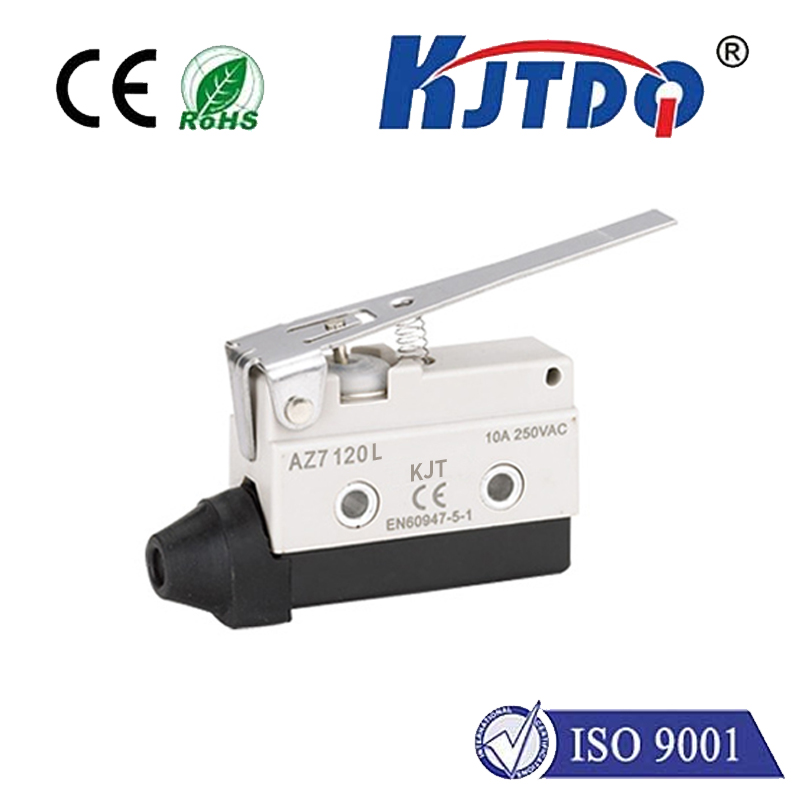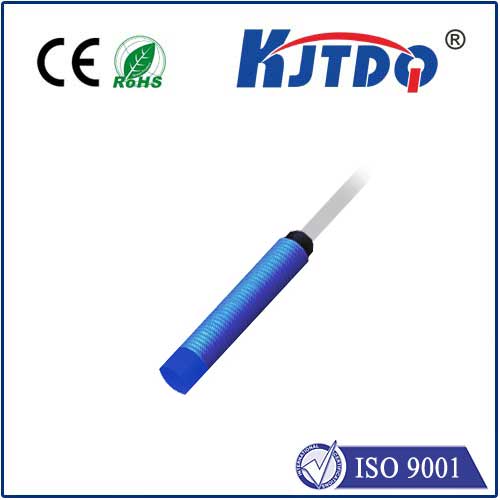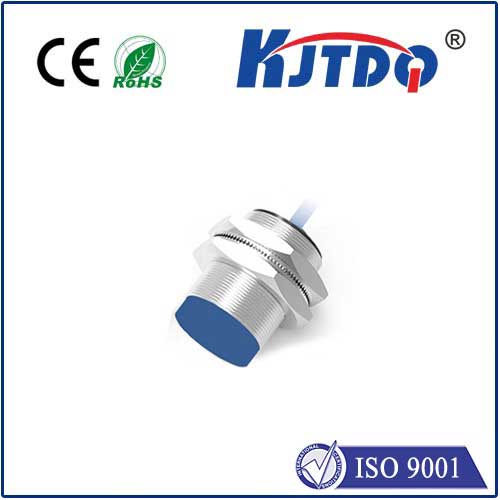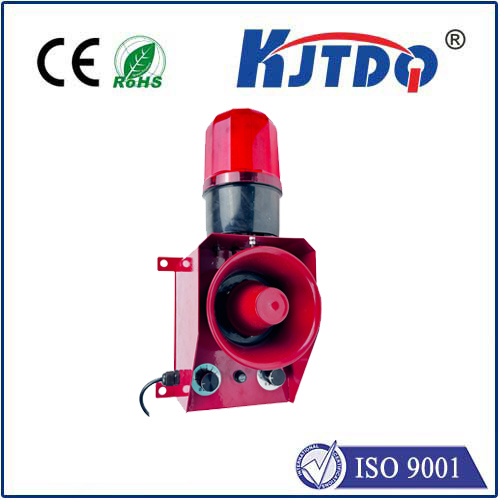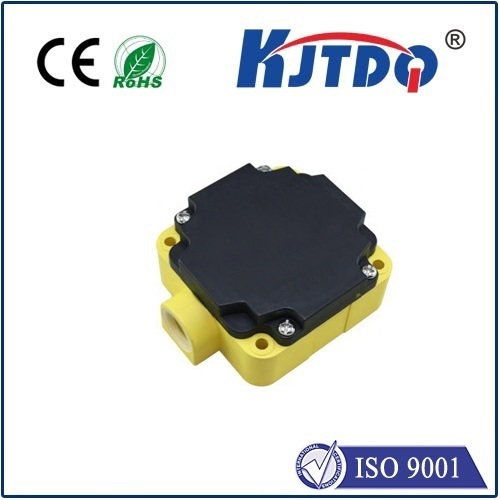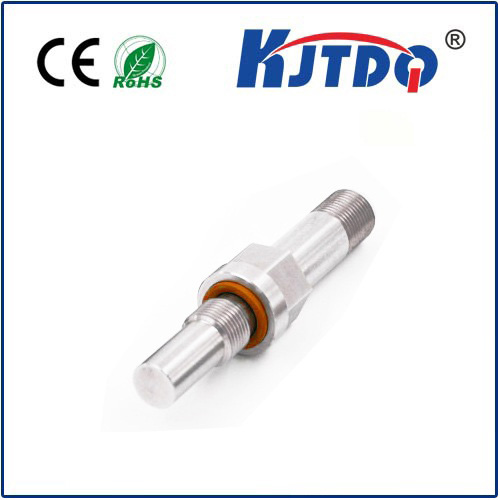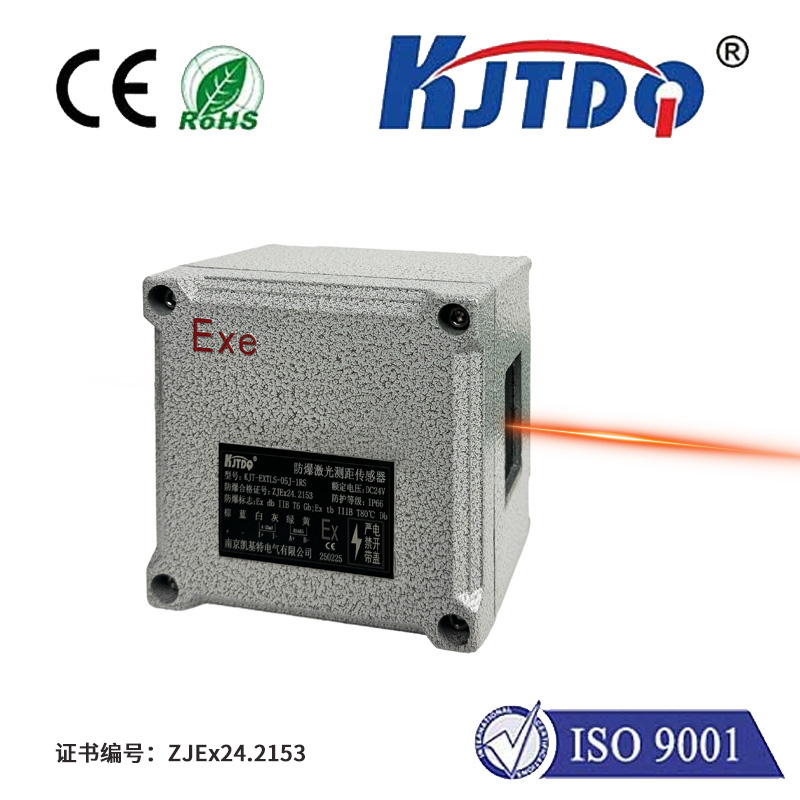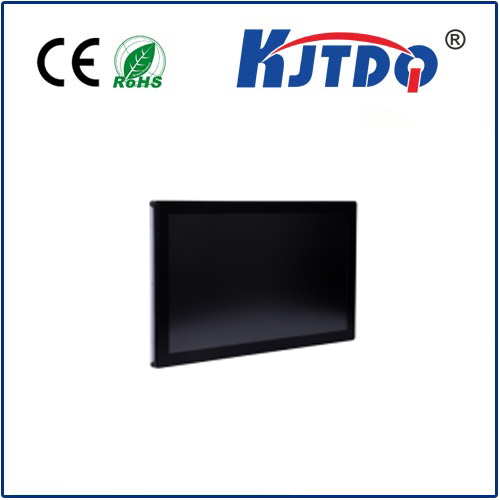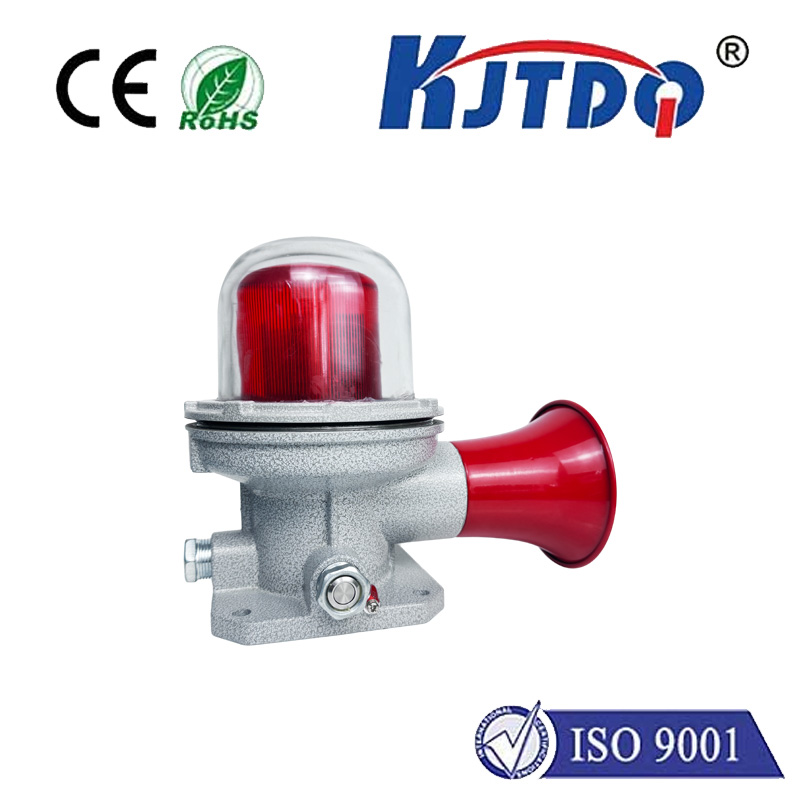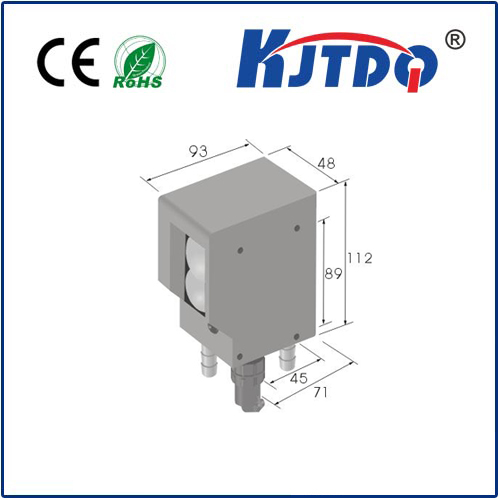
check

check

check

check
Title: Understanding Infrared Limit Switches: A Key to Effective Automation
Introduction:
In the field of automation, switches play a crucial role in controlling various processes. Among them, infrared limit switches are widely used due to their reliable performance and minimal maintenance requirements. This article aims to provide an in-depth understanding of infrared limit switches, including their working principle, applications, and advantages over traditional mechanical switches.
Section 1: Working Principle of Infrared Limit Switches
Infrared limit switches utilize infrared (IR) rays as their switching media. When two IR LEDs are aligned with each other, they emit light in the near-infrared spectrum. When an object passes between the LEDs, it reflects some of the IR rays back, causing a change in the electrical signal that triggers the switch. This mechanism ensures fast and accurate detection of motion, even in adverse operating conditions such as high temperatures or dust accumulation.
Section 2: Applications of Infrared Limit Switches
Infrared limit switches have a wide range of applications in various industries, such as automotive, aerospace, robotics, and manufacturing. Some common examples include:
* Door controls: Infrared limit switches can be used to detect when a door is opened or closed, enabling automatic triggering of alarms or locking mechanisms.
* Lighting control: In buildings, infrared limit switches can be used to control the activation of lights based on motion detection.
* Industrial machinery: On factory floors, infrared limit switches can be installed on machines to stop them automatically when they come into contact with an obstacle or when they have reached their programmed position.
Section 3: Advantages of Infrared Limit Switches Over Mechanical Switches
Compared to mechanical switches, infrared limit switches offer several advantages:
* No mechanical parts: Since there are no moving parts, infrared limit switches are highly reliable and require minimal maintenance. They do not wear out or become misaligned like traditional mechanical switches.
* Instantaneous response: The fast reaction time of infrared limit switches makes them ideal for use in applications where quick feedback is required, such as industrial machinery or automotive systems.
* Long lifespan: With proper installation and care, infrared limit switches can last for many years without needing replacement.
Conclusion:
In conclusion, infrared limit switches are a reliable and efficient solution for controlling various processes in automation. Their ability to detect motion instantly and operate without mechanical parts make them popular choices in many industries. As technology continues to evolve, it is likely that more advanced versions of infrared limit switches will emerge, further improving their performance and applicability.
